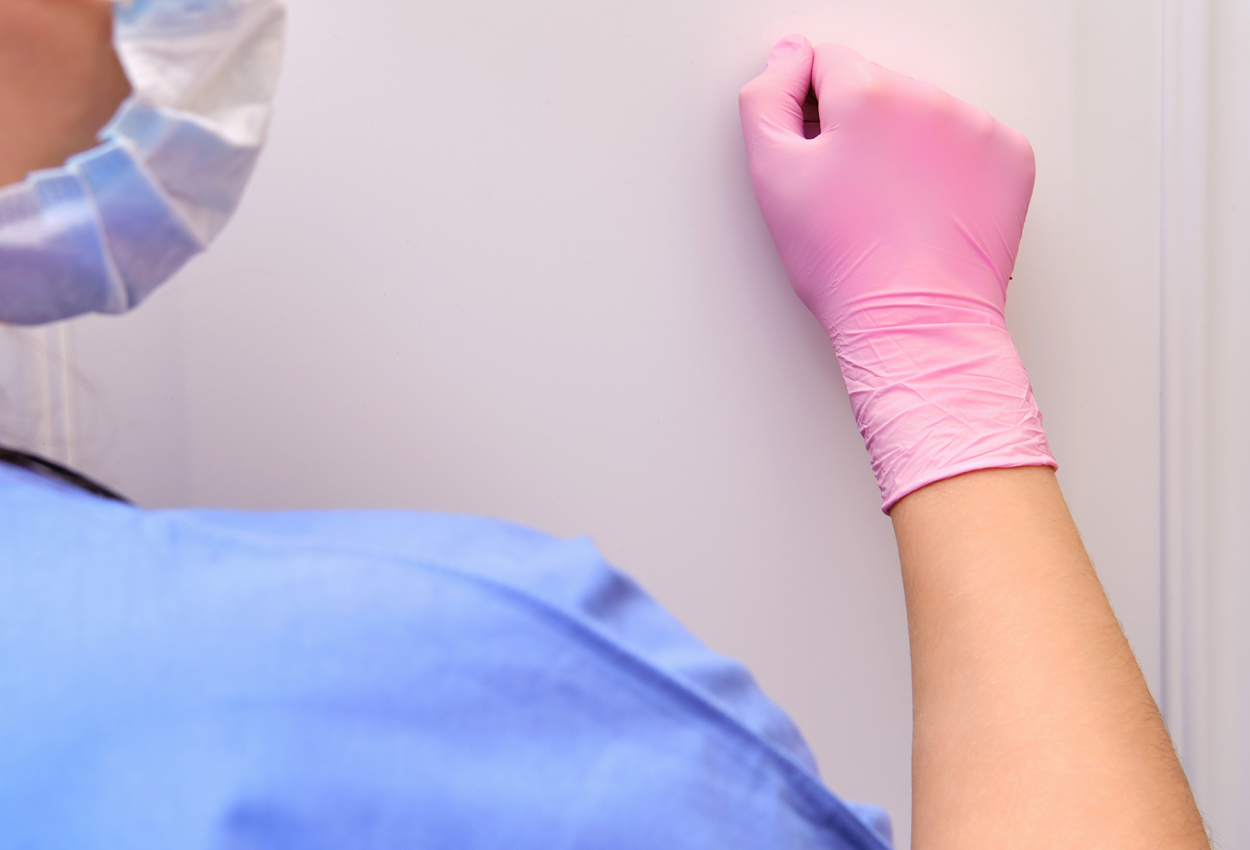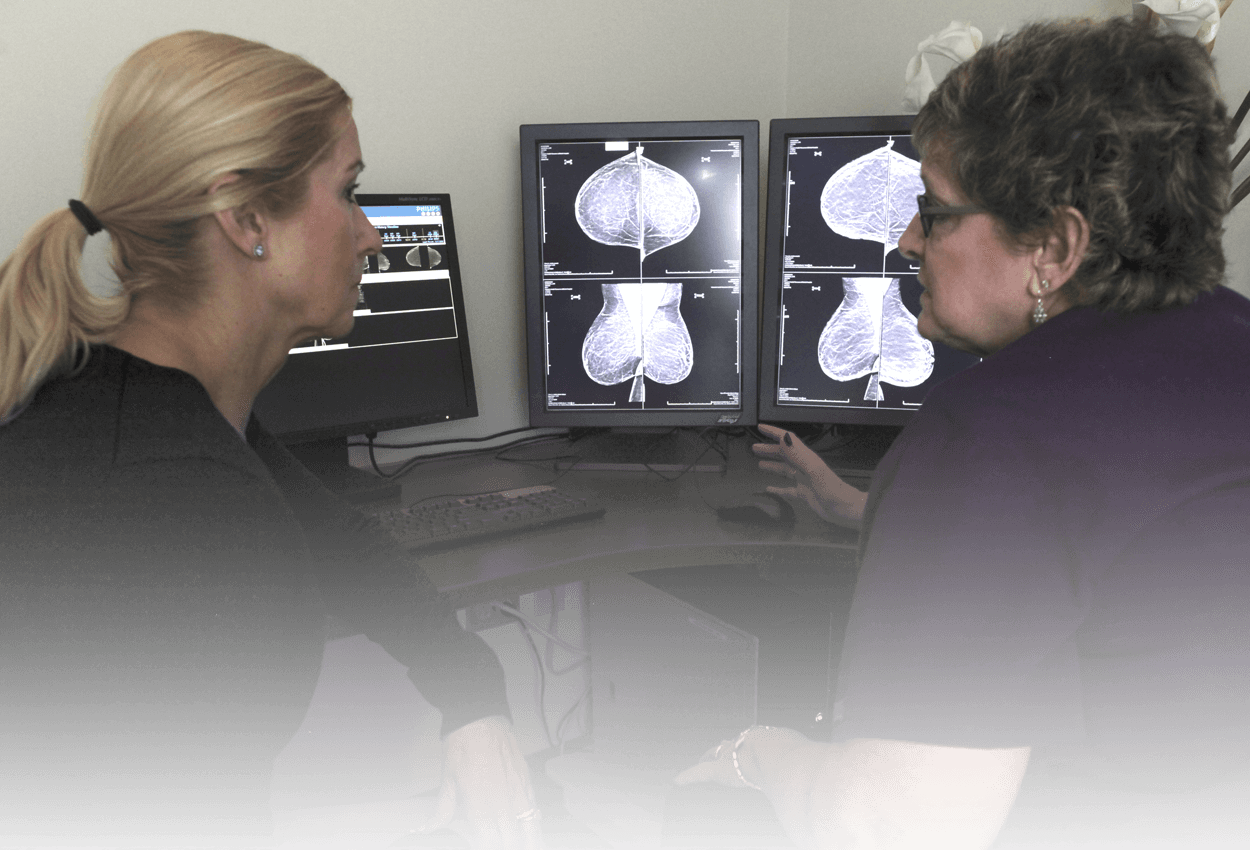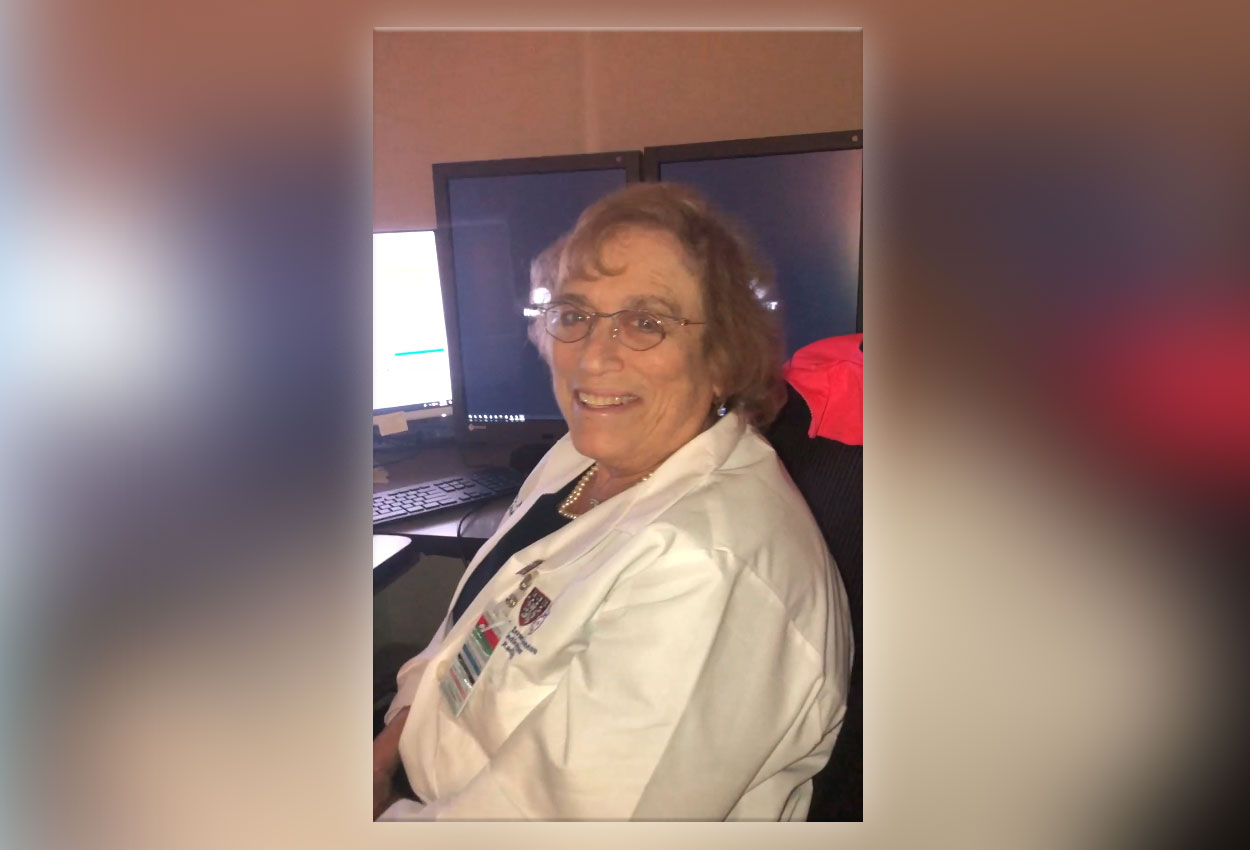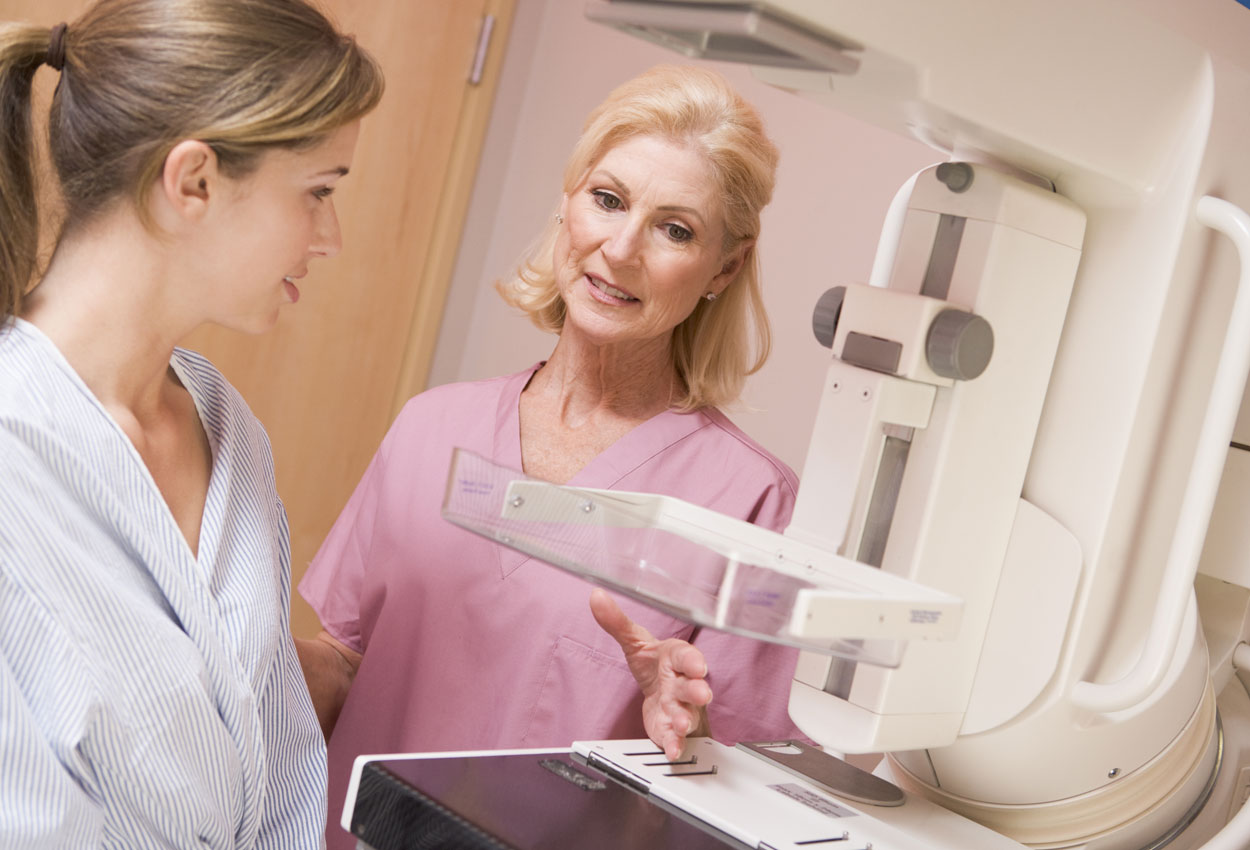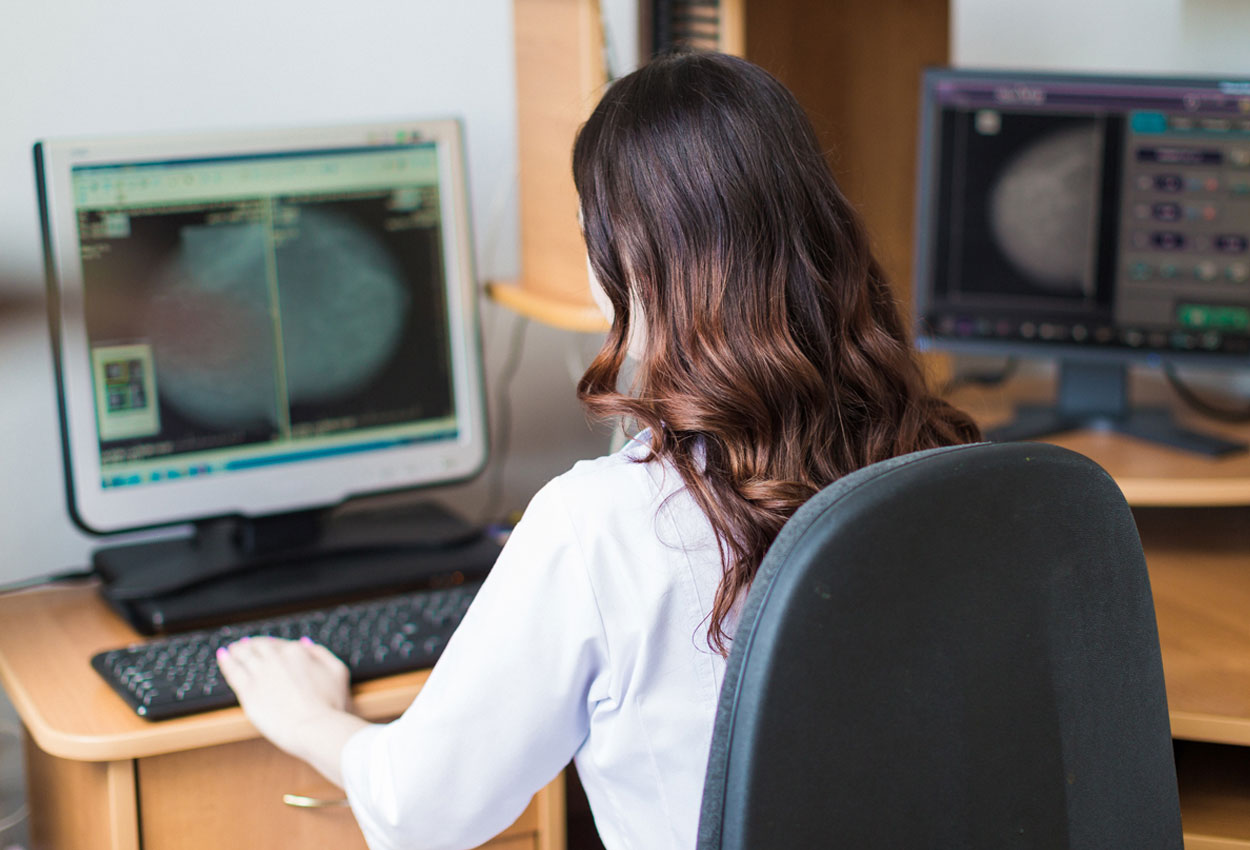Not all cancers present as obvious findings. Detecting lesions and groups of micro-calcifications requires concentration and dedicated focus.
Making sure a patient is comfortable both during and after a mammogram is of the utmost importance to Dr. Christina Jacobs, a board-certified radiologist with Advanced Radiology Services and Director...
Although we may all see the same thing, how we communicate what we see can vary from individual to individual. While shades of interpretation and unique perspectives can make for great art and...
Around the country, new medical buildings seem to break ground and open for business in record breaking time. With new locations being built all around us, healthcare systems are expanding satellite...
There’s an adage in healthcare “If it’s not documented, it didn’t happen.” Documentation that is a complete, accurate, timely account of a patient’s condition or status not only provides efficient...
When it comes to the use of mammography skin markers in Digital Breast Tomosynthesis (DBT) or 3D mammography, care has to be taken to use the correct markers. With many sites performing both a full...
Although the onus of interpretation lies on the radiologist - mammographers are on the front lines when it comes to patient care and clinical efficacy. From positioning to communication to...
Keeping up with the advancements in the world of mammography affects radiologists, directors, supervisors and technologists alike. With the added pressure of detecting cancers at the earliest...
The American College of Radiology (ACR), recently, amended their Practice Parameters for the Performance of Screening and Diagnostic Mammography with a recommendation that:
